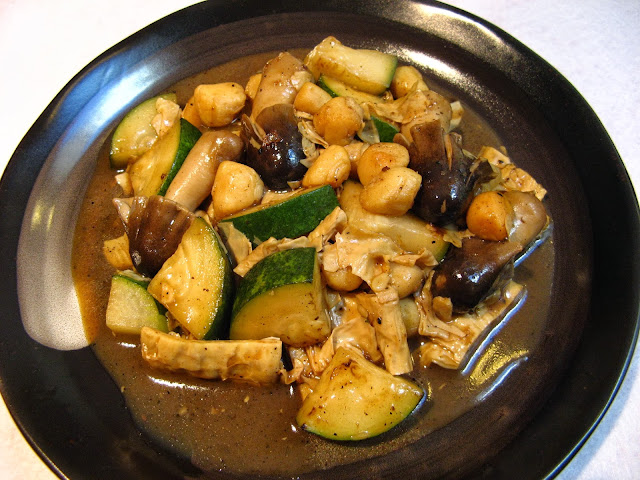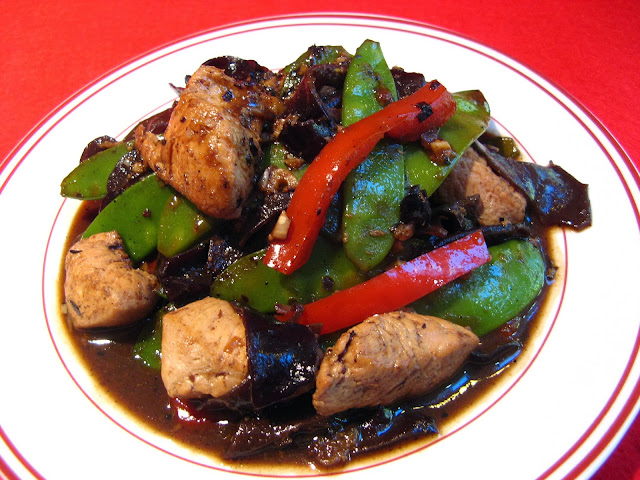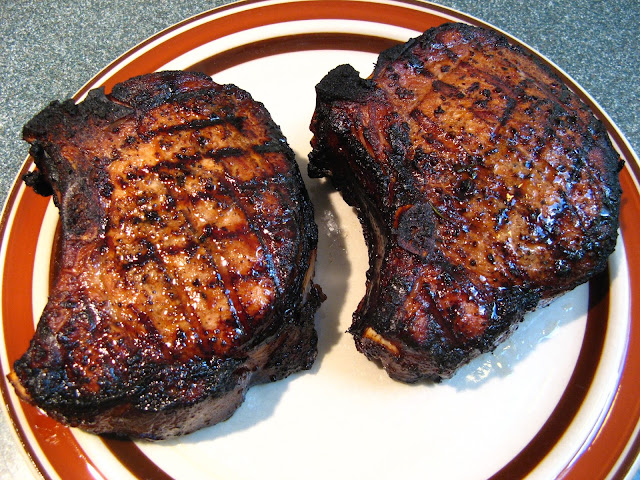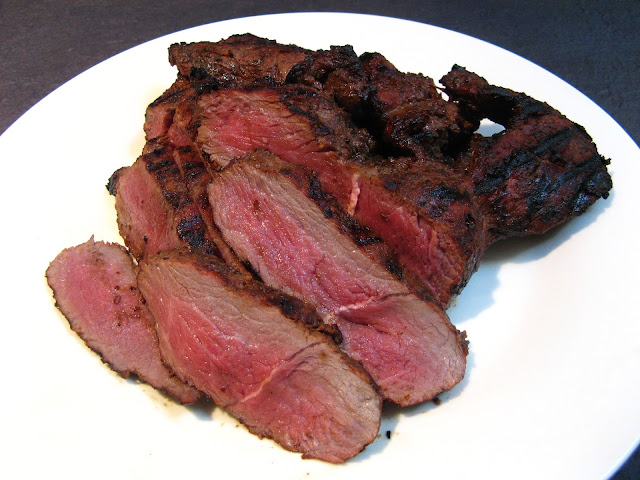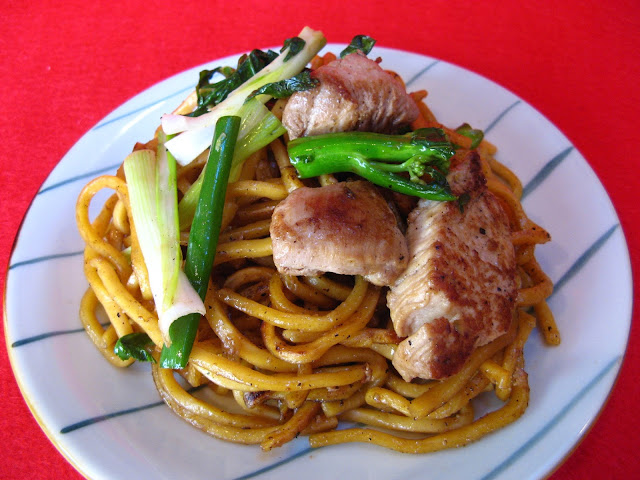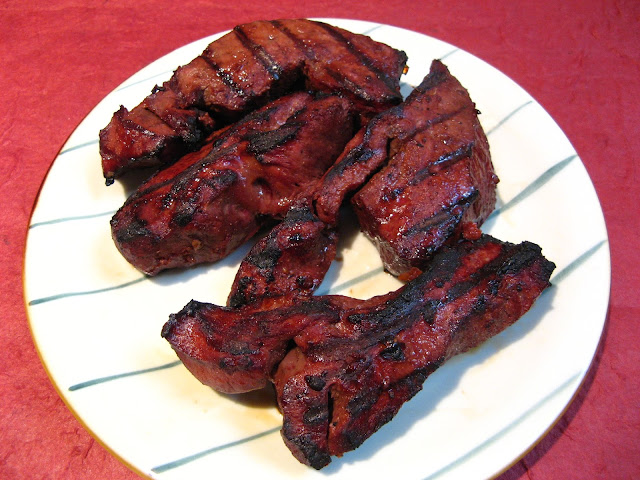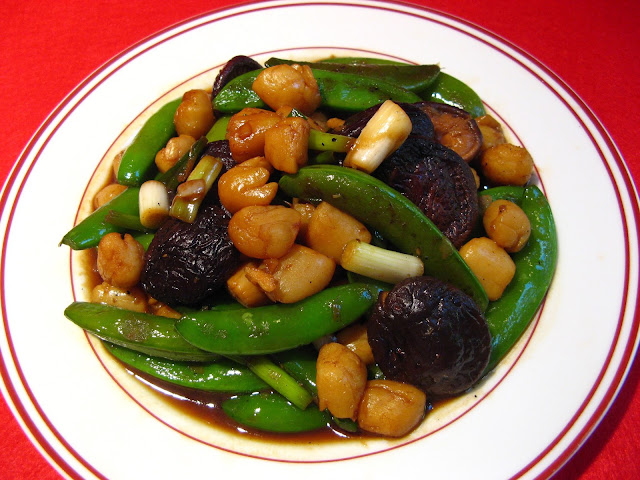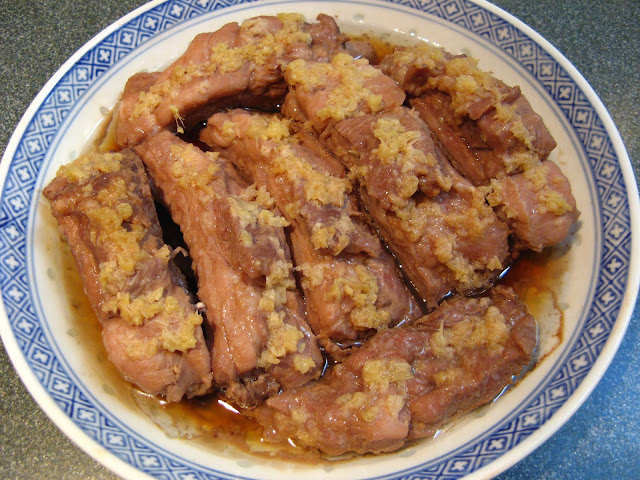This recipe was updated on 08 Apr 2015. Some instructions
and ingredient quantities were changed.
I tried another brand of frozen dough sliced noodles. I had
been buying the noodles that were made in Taiwan, but the ones from Korea were
on sale at my local Korean market, so I thought I would give them a try. I
really couldn’t tell any difference between the two brands, both having the
chewy texture associated with dough sliced noodles, so I’ll add the Korean to
my list of noodle sources.
The flavor for this dish comes not only from the ingredients
used, but from the sauce, which mainly consists of soy sauce. The type and
brand of soy sauce greatly influences the final taste of the dish. If you go
into your local Asian market, you’ll find shelf after shelf with many brands of
soy sauce, each with a unique flavor. The only advice that I can give to pick a
particular brand of soy sauce is to try as many as you can before settling on
one that you like. Some soy sauces are more expensive than others, and these
tend to be special or first pressings (like olive oil). So try one of these
“special” soy sauces in a sauce, but don’t use it in large quantities for a
marinade. Use a more inexpensive soy sauce for marinades – I buy soy sauce in one
gallon (about 4 liters) sized containers for this purpose.
Enjoy!

